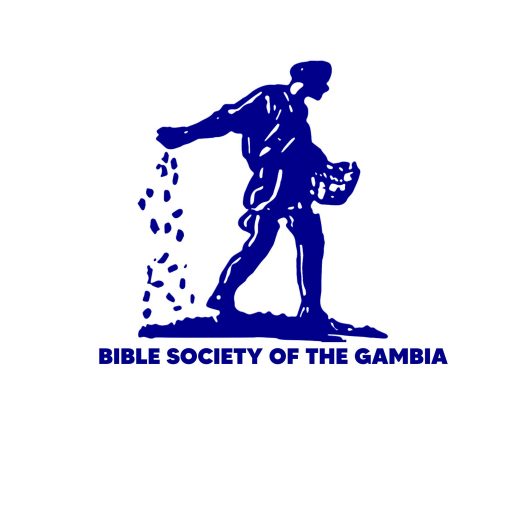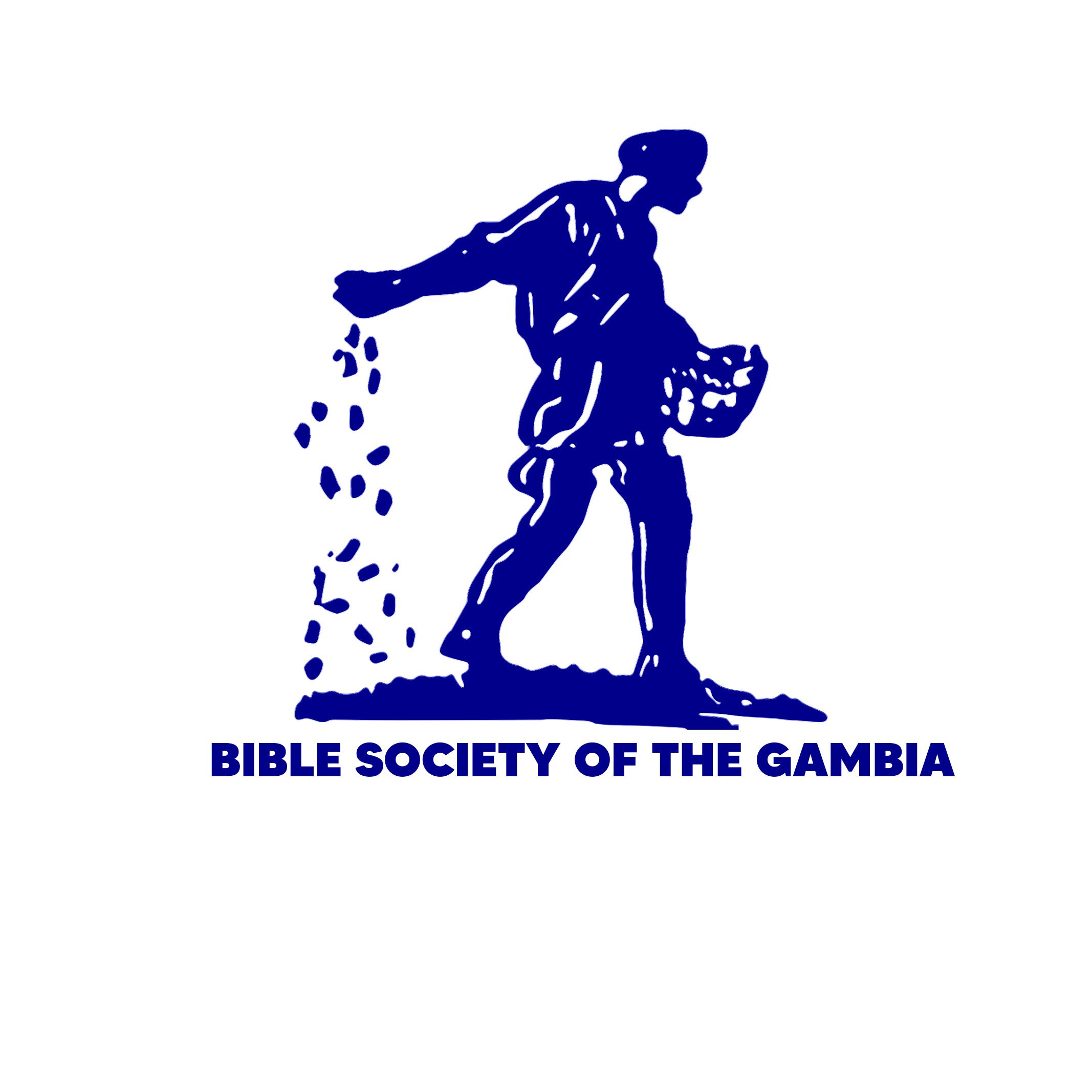Filisitinkoolu ye Kambeŋ Kunewo murundi Banisirayila
1 Kabiriŋ Yaawe* la Kambeŋ Kunewo* tarata Filisitinkoolu la bankoo kaŋ fo kari woorowula, 2 Filisitinkoolu ye Dakoni la piriisoolu* niŋ juubeerilaalu kumandi, ì ko, “Ǹ ñanta muŋ ne ke la Yaawe la Kambeŋ Kunewo la? Ali a fo ǹ ye, ǹ ñanta a seyindi la a la dulaa to ñaameŋ.”
3 Ì ye ì jaabi ko, “Niŋ ali be Banisirayila la Alla la Kambeŋ Kunewo seyindi la, ali kana a kenseŋo seyindi, bari ali a kata kendeke, ka bolooseyiraŋ sadaa* samba ñoo la. Wo to le ali be kendeyaa la, aduŋ ali be a loŋ na le, meŋ ye a tinna a maŋ a buloo bo ali kaŋ.”
4 Filisitinkoolu naata ñininkaaroo ke ko, “Ǹ ñanta muŋ bolooseyiraŋ sadaa le kii la a ye?”
Ì ye ì jaabi ko, “Maadiŋ muluŋ luulu, mennu dadaata sanoo la, aniŋ ñina muluŋ luulu, wo fanaa ñanta dadaa la niŋ sanoo le la ko Filisitinkoolu la maralilaalu kaañanta meŋ fee. Kaatu ñiŋ yankankati kiliŋo le ye ali niŋ ali la maralilaalu mantoora. 5 Ali maadiŋ muluŋolu dadaa, aniŋ ñina muluŋolu, mennu ka bankoo kasaara, aduŋ ali si Banisirayila la Alla horoma. A si ke noo le, a ye a buloo bo ali niŋ ali la alloolu kaŋ, aniŋ ali la bankoo. 6 Muŋ ne ye a tinna ali ye ali sondomoolu jandi ko Misirankoolu niŋ Firawoona? Kabiriŋ Alla ye ì mantoora kendeke, fo ì maŋ Banisirayilankoolu fintindi ka taa ì la siloo la baŋ? 7 Bituŋ saayiŋ, ali sareeti kutoo parendi aniŋ ninsi fula, mennu ye diŋolu soto, aduŋ ì nene maŋ yookoo* laa ì kaŋo to. Ali ninsoolu siti sareetoo bala, bari ali ì diŋolu samba buŋo kono, ali ye ì bula jee. 8 Ali Yaawe la Kambeŋ Kunewo sika, ali ye a ke sareetoo kaŋ. Aduŋ a karoo daala ali ye ñiŋ sani feŋolu ke kuneendiŋo kono, ali be mennu kii la Yaawe ye, ka ke a la bolooseyiraŋ sadaa ti. Bituŋ ali si Kambeŋ Kunewo bula a ye taa a la siloo la, 9 bari ali si ali ñaalu tu looriŋ a kaŋ. Niŋ a taata fo a fansuŋ bankoo kaŋ, Beti-Semesi maafaŋo la, bituŋ ali si a loŋ ko, Yaawe le ye ñiŋ mantoora jawu baa laa ntolu kaŋ. Bari niŋ a maŋ tiliŋ wo to, bituŋ m̀ be a loŋ na le ko, a buloo maŋ laa ntolu kaŋ, a keta ǹ na le doroŋ.”
10 Bituŋ ì ye wo le ke. Ì ye ñiŋ ninsi fuloo taa, ì ye ì siti sareetoo bala, aduŋ ì ye ì diŋolu soroŋ dulaa to suwo kono. 11 Ì ye Yaawe la Kambeŋ Kunewo ke sareetoo kaŋ, ì ye kuneendiŋo ke a kara la, ì ye maadiŋ muluŋolu niŋ ñinoolu ke a kono, ì ye mennu dadaa niŋ sanoo la. 12 Bituŋ ninsoolu ye a tiliŋ fo Beti-Semesi maafaŋo la, aduŋ ì ye siloo muta, ì be kuma la, bari ì maŋ taa bulubaa la sako maraa. Filisitinkoolu la maralilaalu ye ì nooma le, fo ì futata Beti-Semesi la naanewo to.
13 Wo waatoo Beti-Semesinkoolu be ì la wiiti* siimaŋo le kati kaŋ wulumbaŋo kono, aduŋ kabiriŋ ì ye ì kuŋo wuli, ì ye Kambeŋ Kunewo je, ì kontaanita kendeke. 14 Sareetoo taata le fo Yosuwa Beti-Semesinkoo la kunkoo to, a loota bere baa daala. Moolu ye sareetoo la dokoolu kuntuŋ-kuntuŋ, bituŋ ì ye ninsoolu faa, ì ye ì ke jani sadaa ti Yaawe ye. 15 Lewi lasiloo kee doolu ye Yaawe la Kambeŋ Kunewo taa aniŋ kuneendiŋo, meŋ be a karoo la, sani feŋolu be meŋ kono, ì ye ì landi bere baa kaŋ. Wo luŋo Beti-Semesinkoolu ye jani sadaalu bo le, aduŋ ì ye beeyaŋ sadaalu fanaa ke Yaawe ye le. 16 Filisitinkoolu la maralilaa luuloo ye ñiŋ bee je le, wo to le ì naata muruŋ Ekironi wo luŋ kiliŋo.
17 Ñinnu le mu sani maadiŋ muluŋolu ti Filisitinkoolu ye mennu kii Yaawe ye ka ke bolooseyiraŋ sadaa ti. Kiliŋ-wo-kiliŋ keta Asidodi, Kaasa, Asikeloni, Kati, aniŋ Ekironi le taa ti. 18 Bituŋ sani ñina dadaariŋolu, wolu le kontoo taata kaañaŋ Filisitinkoolu la maralilaa luuloo la saatee baalu fee, ì la saatee tatariŋolu, aniŋ ì la bankoo saateeriŋolu. Ì ye Yaawe la Kambeŋ Kunewo laa bere baa meŋ kaŋ Yosuwa la kunkoo to Beti-Semesi, wo keta seedoo le ti fo ka naa bula bii tiloo la.
19 Bari Alla ye Beti-Semesi kewo doolu faa le. A ye kee taŋ woorowula le faa, kaatu ì ye Yaawe la Kambeŋ Kunewo kono le juubee. Moolu kumboota, kaatu Yaawe ye ì yankankati baake le. 20 Bituŋ Beti-Semesi kewolu ye ñininkaaroo ke ko, “Jumaa le be loo noo la Yaawe Alla senuŋo ñaatiliŋo la? Kambeŋ Kunewo be taa jumaa le yaa, niŋ a bota jaŋ?” 21 Kabiriŋ wo keta, ì ye kiilaalu kii Kiriyati-Yeyarimunkoolu yaa ka a fo ko, “Filisitinkoolu ye Yaawe la Kambeŋ Kunewo seyindi le. Ali naa, ali ye a samba ali la dulaa to.”
The Return of the Covenant Box
1 After the Lord's Covenant Box had been in Philistia for seven months, 2 the people called the priests and the magicians and asked, “What shall we do with the Covenant Box of the Lord? If we send it back where it belongs, what shall we send with it?”
3 They answered, “If you return the Covenant Box of the God of Israel, you must, of course, send with it a gift to him to pay for your sin. The Covenant Box must not go back without a gift. In this way you will be healed, and you will find out why he has kept on punishing you.”
4 “What gift shall we send him?” the people asked.
They answered, “Five gold models of tumors and five gold mice, one of each for each Philistine king. The same plague was sent on all of you and on the five kings. 5 You must make these models of the tumors and of the mice that are ravaging your country, and you must give honor to the God of Israel. Perhaps he will stop punishing you, your gods, and your land. 6 Why should you be stubborn, as the king of Egypt and the Egyptians were? Don't forget how God made fools of them until they let the Israelites leave Egypt. 7 So prepare a new wagon and two cows that have never been yoked; hitch them to the wagon and drive their calves back to the barn. 8 Take the Lord's Covenant Box, put it on the wagon, and place in a box beside it the gold models that you are sending to him as a gift to pay for your sins. Start the wagon on its way and let it go by itself. 9 Then watch it go; if it goes toward the town of Beth Shemesh, this means that it is the God of the Israelites who has sent this terrible disaster on us. But if it doesn't, then we will know that he did not send the plague; it was only a matter of chance.”
10 They did what they were told: they took two cows and hitched them to the wagon, and shut the calves in the barn. 11 They put the Covenant Box in the wagon, together with the box containing the gold models of the mice and of the tumors. 12 The cows started off on the road to Beth Shemesh and headed straight toward it, without turning off the road. They were mooing as they went. The five Philistine kings followed them as far as the border of Beth Shemesh.
13 The people of Beth Shemesh were reaping wheat in the valley, when suddenly they looked up and saw the Covenant Box. They were overjoyed at the sight. 14 The wagon came to a field belonging to a man named Joshua, who lived in Beth Shemesh, and it stopped there near a large rock. The people chopped up the wooden wagon and killed the cows and burned them as a burnt sacrifice to the Lord. 15 The Levites lifted off the Covenant Box of the Lord and the box with the gold models in it, and placed them on the large rock. Then the people of Beth Shemesh offered burnt sacrifices and other sacrifices to the Lord. 16 The five Philistine kings watched them do this and then went back to Ekron that same day.
17 The Philistines sent the five gold tumors to the Lord as a gift to pay for their sins, one each for the cities of Ashdod, Gaza, Ashkelon, Gath, and Ekron. 18 They also sent gold mice, one for each of the cities ruled by the five Philistine kings, both the fortified towns and the villages without walls. The large rock in the field of Joshua of Beth Shemesh, on which they placed the Lord's Covenant Box, is still there as a witness to what happened.
19 The Lord killed seventy of the men of Beth Shemesh because they looked inside the Covenant Box. And the people mourned because the Lord had caused such a great slaughter among them.
The Covenant Box at Kiriath Jearim
20 So the men of Beth Shemesh said, “Who can stand before the Lord, this holy God? Where can we send him to get him away from us?” 21 They sent messengers to the people of Kiriath Jearim to say, “The Philistines have returned the Lord's Covenant Box. Come down and get it.”

